Design light bar for car grill, Sales light bar for car grill, light bar for car grill Price
In the realm of automotive design, every element serves a purpose beyond mere aesthetics. From the sleek contours of the bodywork to the intricate details of the interior, every component plays a crucial role in enhancing both form and function. Among these components, the light bar nestled within the car grill emerges as a subtle yet impactful feature, seamlessly blending style with utility. In this discourse, we embark on a journey to unravel the significance of light bars in car grills, exploring their design principles, functional benefits, and contribution to the overall driving experience.
At its core, the light bar in the car grill serves as a beacon of illumination, illuminating the road ahead with clarity and precision. Whether traversing dimly-lit streets or navigating off-road terrain, the light bar provides enhanced visibility, allowing drivers to anticipate obstacles and hazards with confidence. Positioned at the front of the vehicle, the light bar complements the existing headlights, extending the reach of illumination and augmenting the vehicle's presence on the road. Furthermore, the strategic placement within the grill not only maximizes airflow for cooling but also integrates seamlessly with the vehicle's design language, accentuating its frontal profile with a touch of sophistication.
In addition to its functional role, the light bar in the car grill serves as a design element, adding a distinctive flair to the vehicle's aesthetic identity. From sleek and minimalist designs to rugged and utilitarian styles, light bars come in a myriad of shapes and configurations, allowing designers to tailor the look to suit the vehicle's character and purpose. Whether integrated seamlessly into the grill's architecture or showcased as a standalone feature, the light bar contributes to the vehicle's visual appeal, exuding a sense of modernity and refinement.
Furthermore, the versatility of light bars extends beyond traditional lighting applications, encompassing a wide range of functionalities and features. From dynamic lighting modes to integrated sensors and connectivity options, modern light bars offer a plethora of capabilities to enhance the driving experience. For instance, advanced lighting systems equipped with adaptive beam technology adjust the intensity and direction of illumination in response to driving conditions, ensuring optimal visibility without dazzling oncoming traffic. Likewise, smart lighting solutions equipped with sensors and connectivity features enable seamless integration with the vehicle's onboard systems, allowing for intuitive control and customization via smartphone apps or voice commands.
Moreover, the integration of light bars into car grills underscores a broader trend towards modular and customizable vehicle designs. As consumer preferences evolve and technology advances, automakers are increasingly embracing modular architectures that allow for greater flexibility and personalization. The inclusion of light bars as optional or aftermarket accessories empowers consumers to tailor their vehicles to suit their individual tastes and lifestyle preferences. Whether seeking enhanced off-road visibility or accentuating the vehicle's aesthetic appeal, light bars offer a versatile platform for customization, allowing drivers to make a statement on the road while enjoying enhanced functionality.
In addition to their role in enhancing visibility and aesthetics, light bars also play a significant role in enhancing safety on the road. By illuminating the surrounding environment with greater clarity and brightness, light bars help drivers identify potential hazards and obstacles in advance, reducing the risk of accidents and collisions. Furthermore, the enhanced visibility provided by light bars improves the vehicle's conspicuity, making it more visible to other road users, especially in low-light conditions or inclement weather. This emphasis on safety underscores the holistic approach taken by automotive designers in prioritizing not only performance and aesthetics but also driver and passenger safety.
Furthermore, the design and integration of light bars into car grills entail meticulous attention to detail and engineering precision. From the selection of high-quality materials to the integration of advanced lighting technology, every aspect of the design process is carefully curated to ensure optimal performance and reliability. Additionally, rigorous testing and validation procedures are conducted to verify the durability, weather resistance, and compliance with regulatory standards. This commitment to quality and craftsmanship ensures that light bars not only meet but exceed the expectations of discerning consumers, delivering unparalleled performance and longevity.
In conclusion, the light bar nestled within the car grill epitomizes the seamless fusion of style and substance in automotive design. From its role in enhancing visibility and safety to its contribution to the vehicle's aesthetic identity, the light bar serves as a versatile and indispensable feature that enriches the driving experience. As vehicles continue to evolve in response to shifting consumer preferences and technological advancements, light bars will remain a focal point of innovation and creativity, illuminating the road ahead with elegance and purpose. Through collaborative efforts between designers, engineers, and manufacturers, we can continue to push the boundaries of design excellence and redefine the role of light bars in the automotive landscape.

 English
English 日本語
日本語 Français
Français Deutsch
Deutsch Español
Español 简体中文
简体中文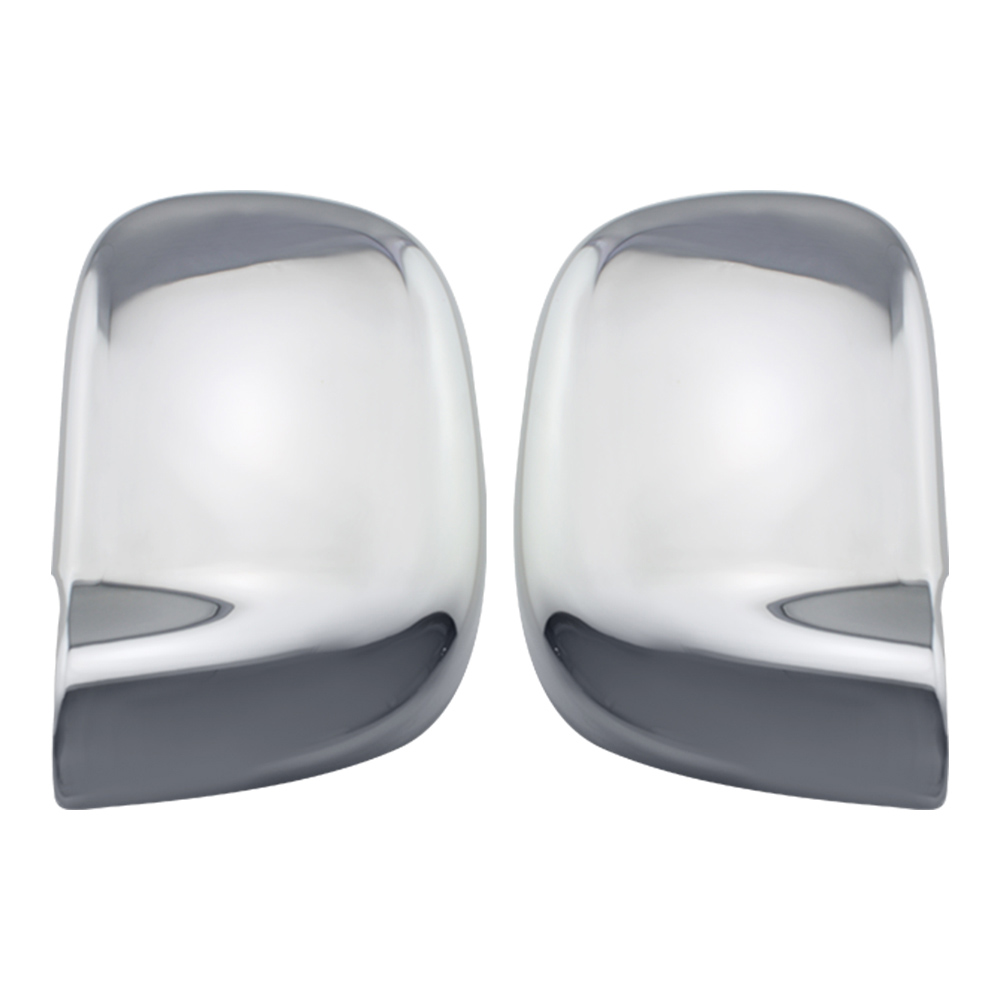
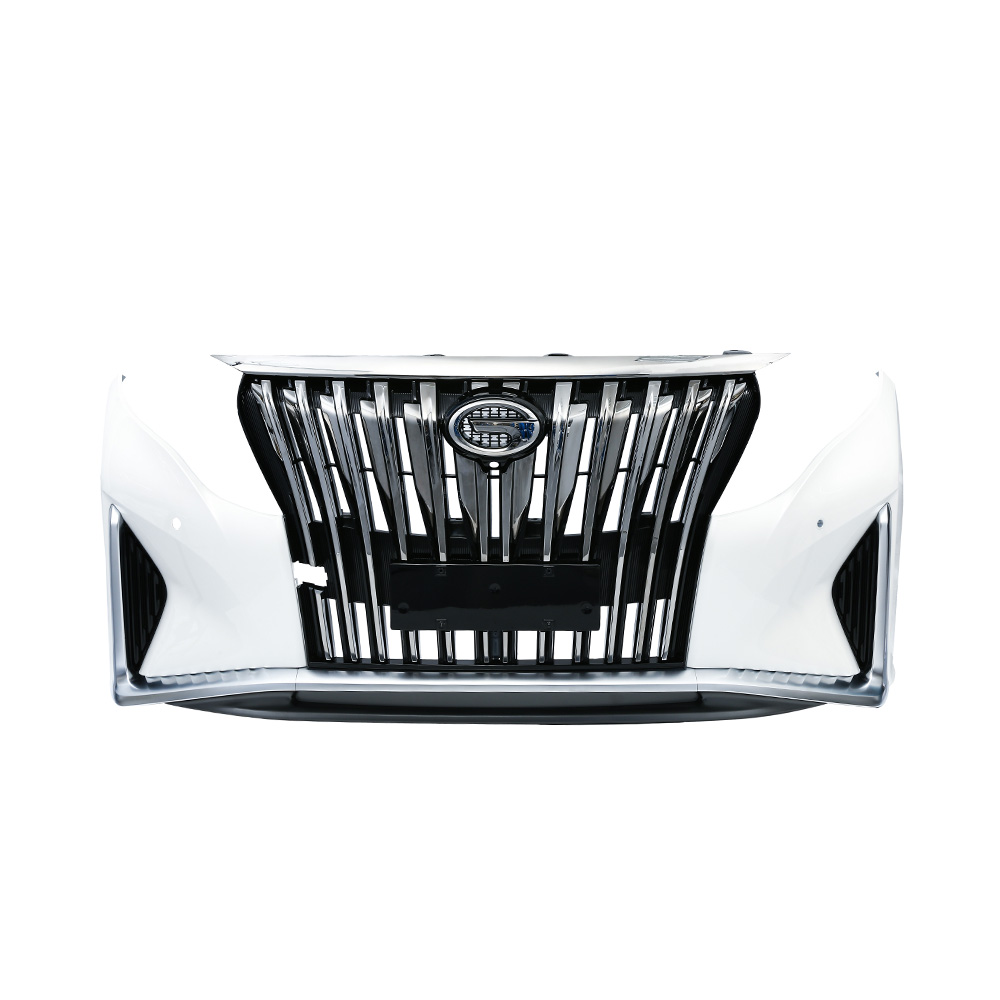
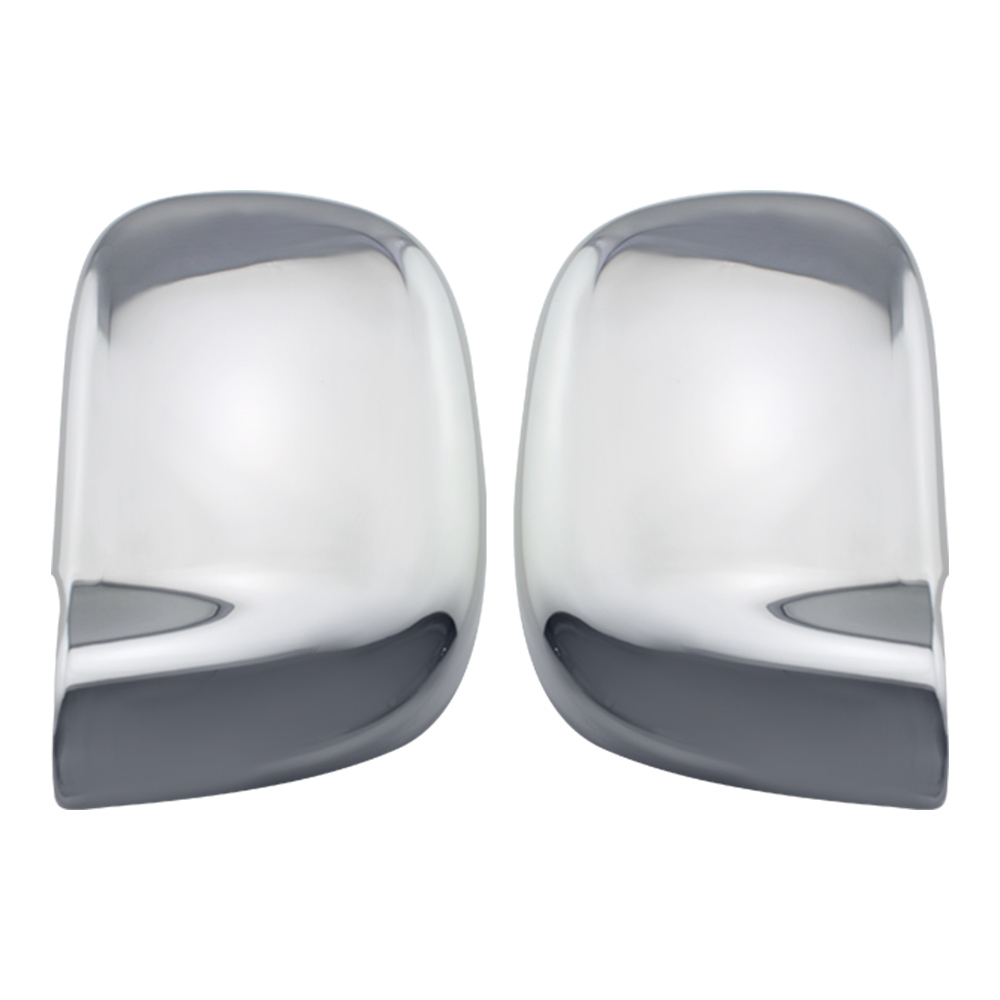 View More >>
View More >>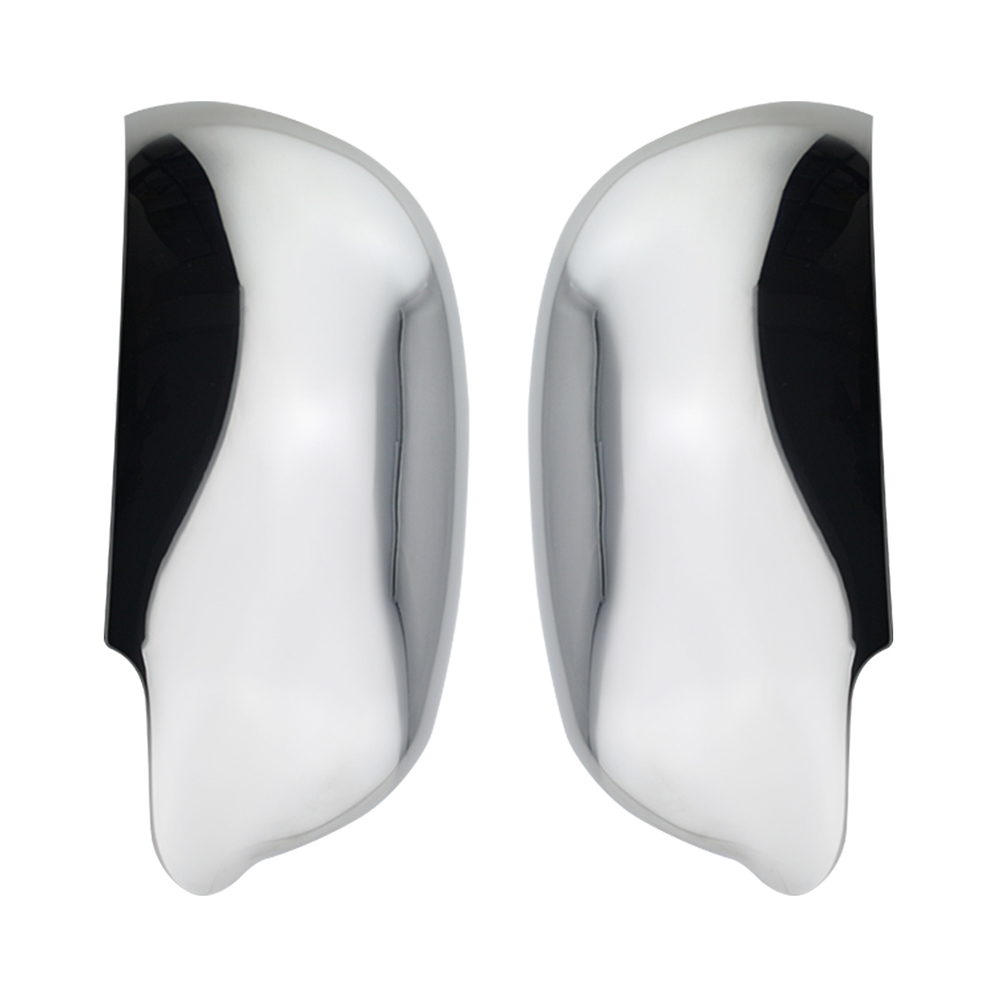 View More >>
View More >>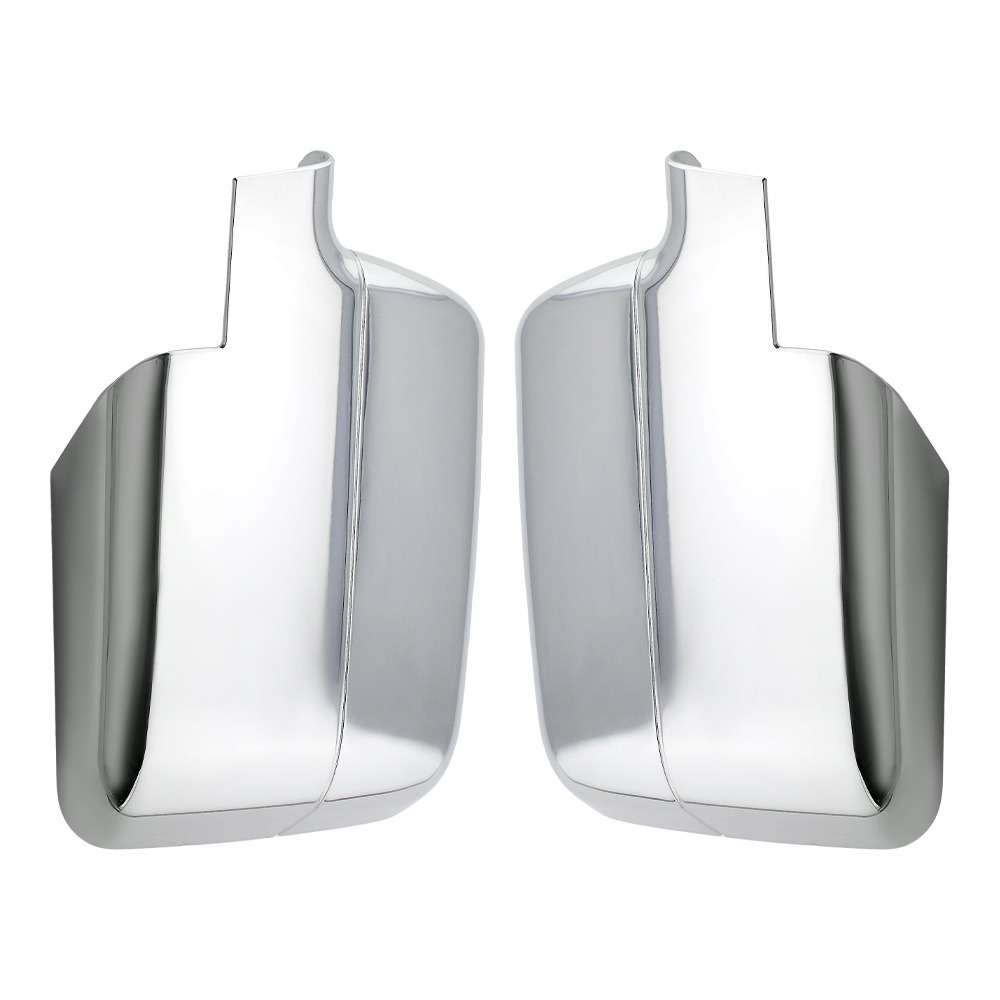 View More >>
View More >>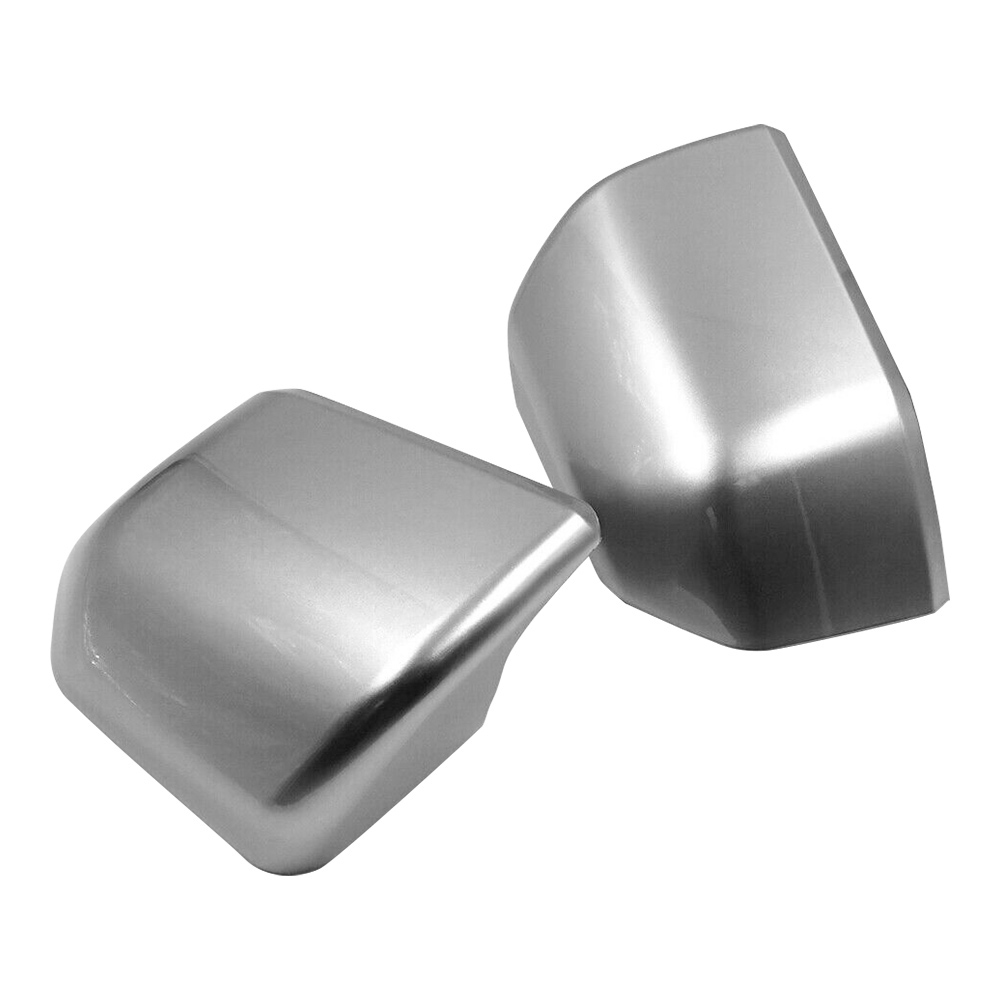 View More >>
View More >>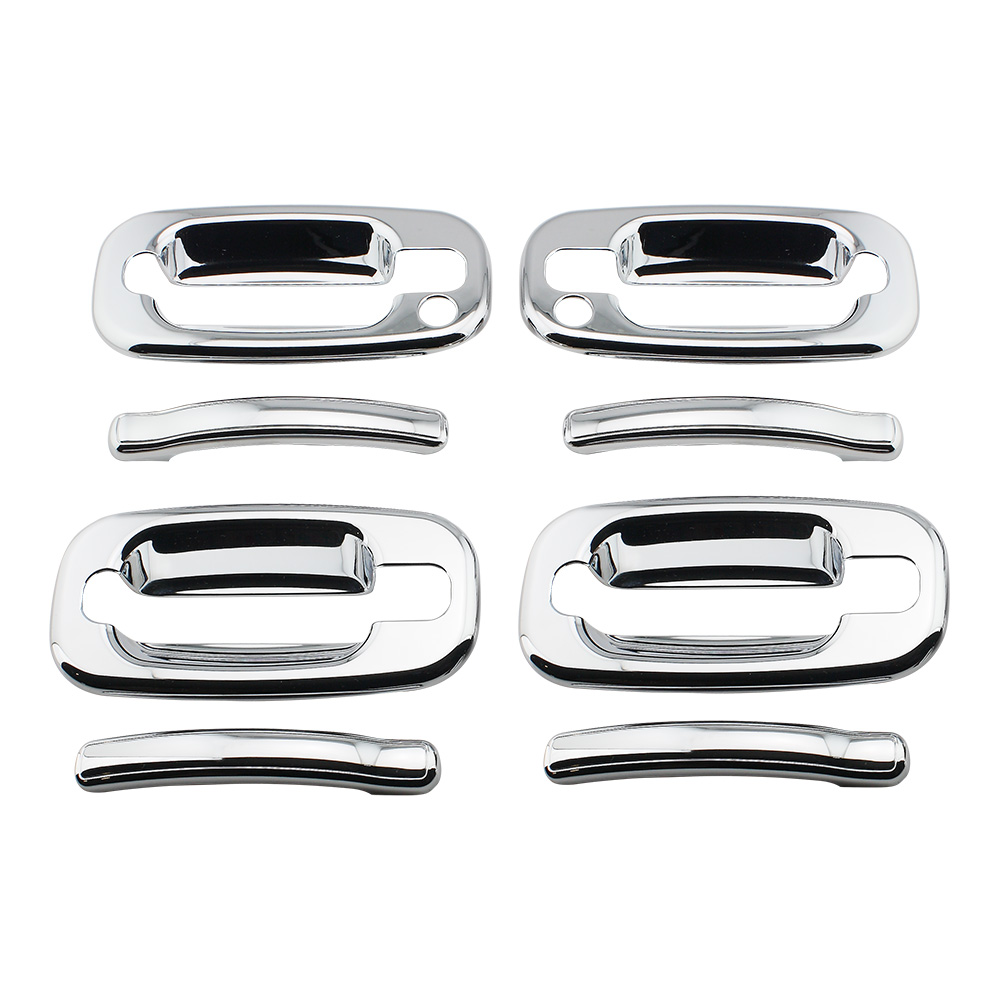 View More >>
View More >>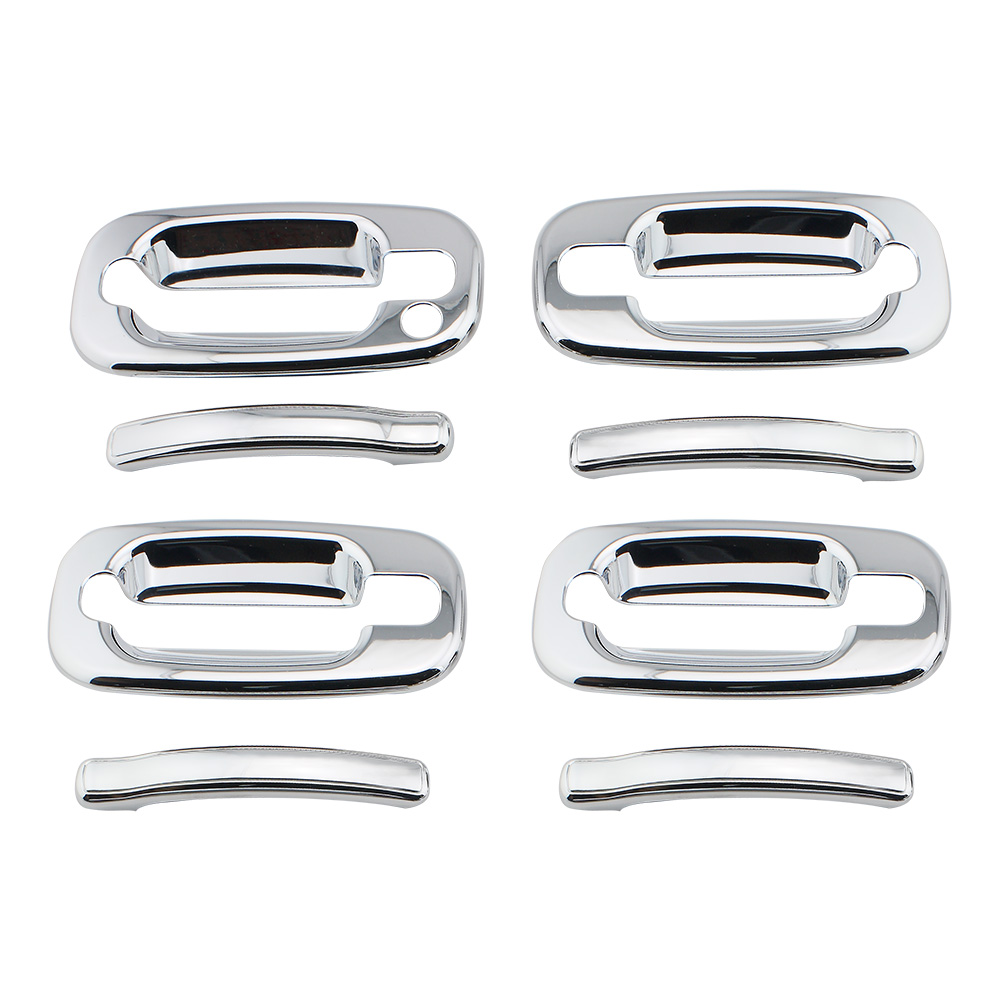 View More >>
View More >>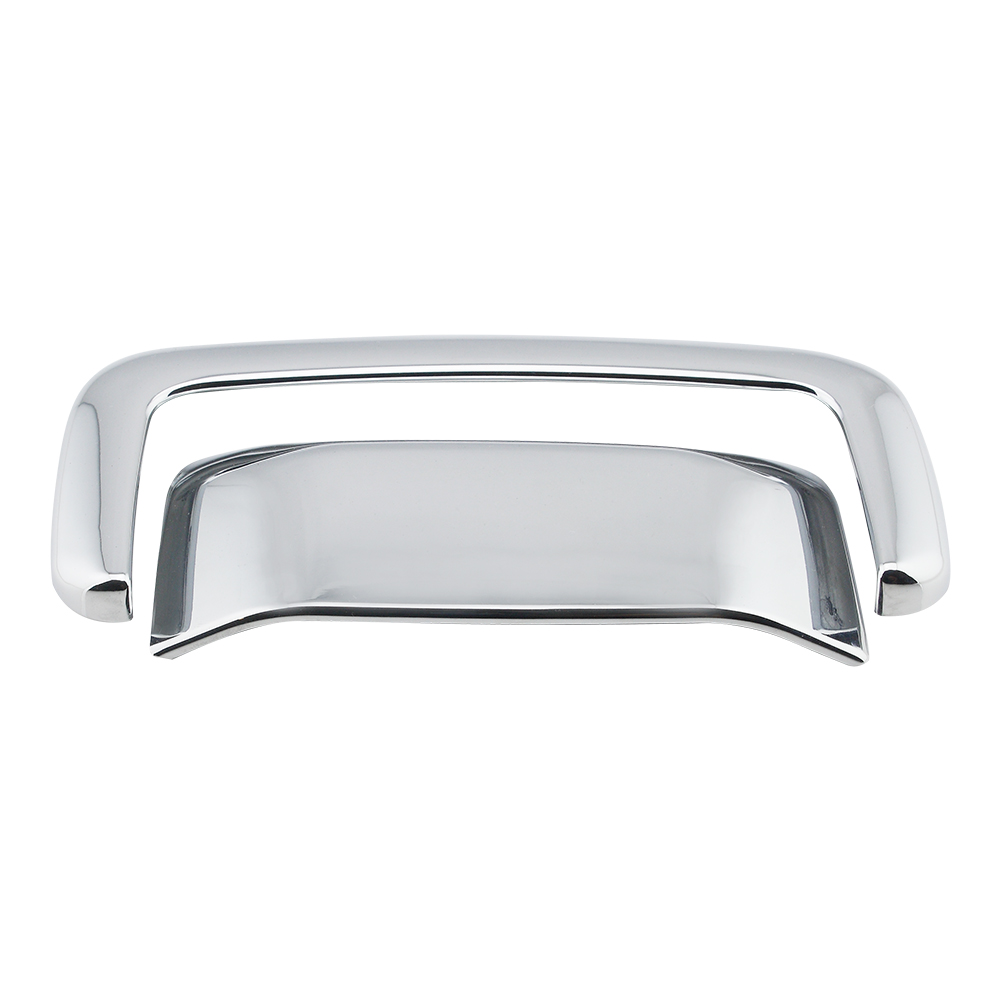 View More >>
View More >> View More >>
View More >>(canaddletterfordraptor)-1.jpg) View More >>
View More >>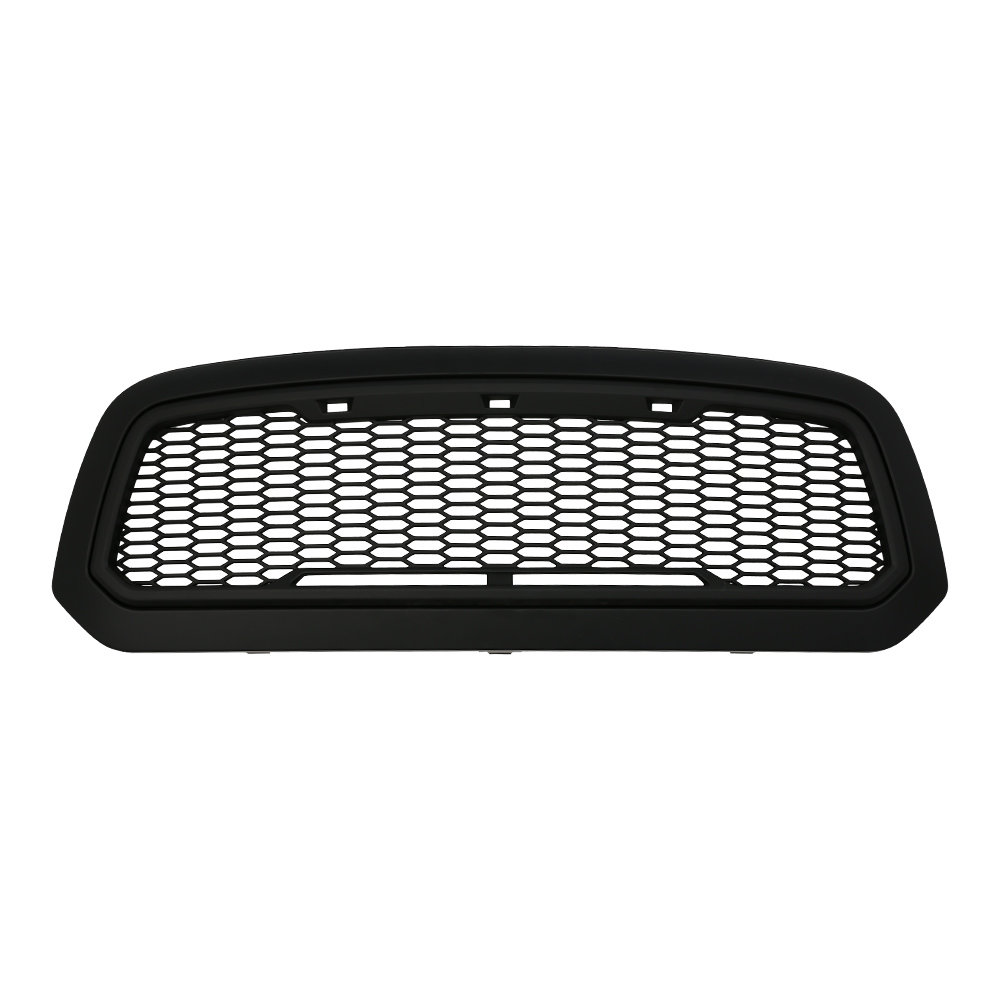 View More >>
View More >>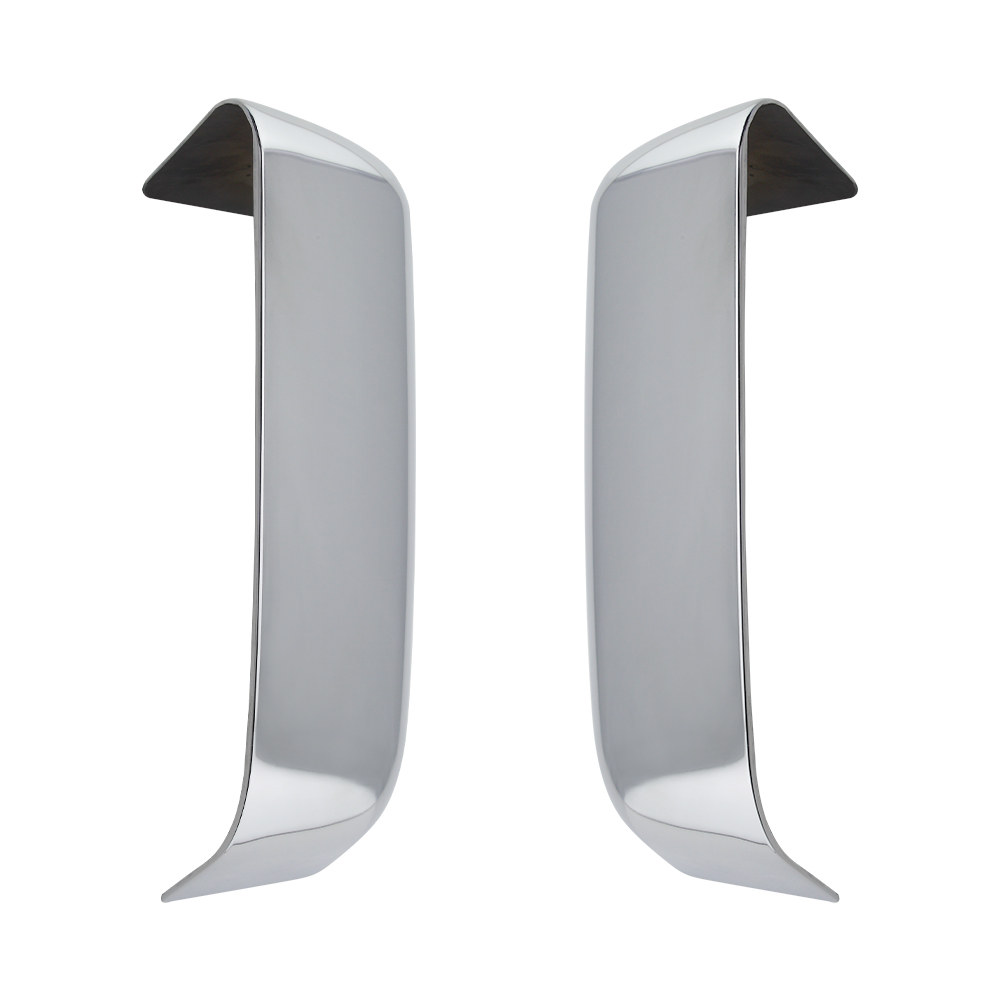 View More >>
View More >>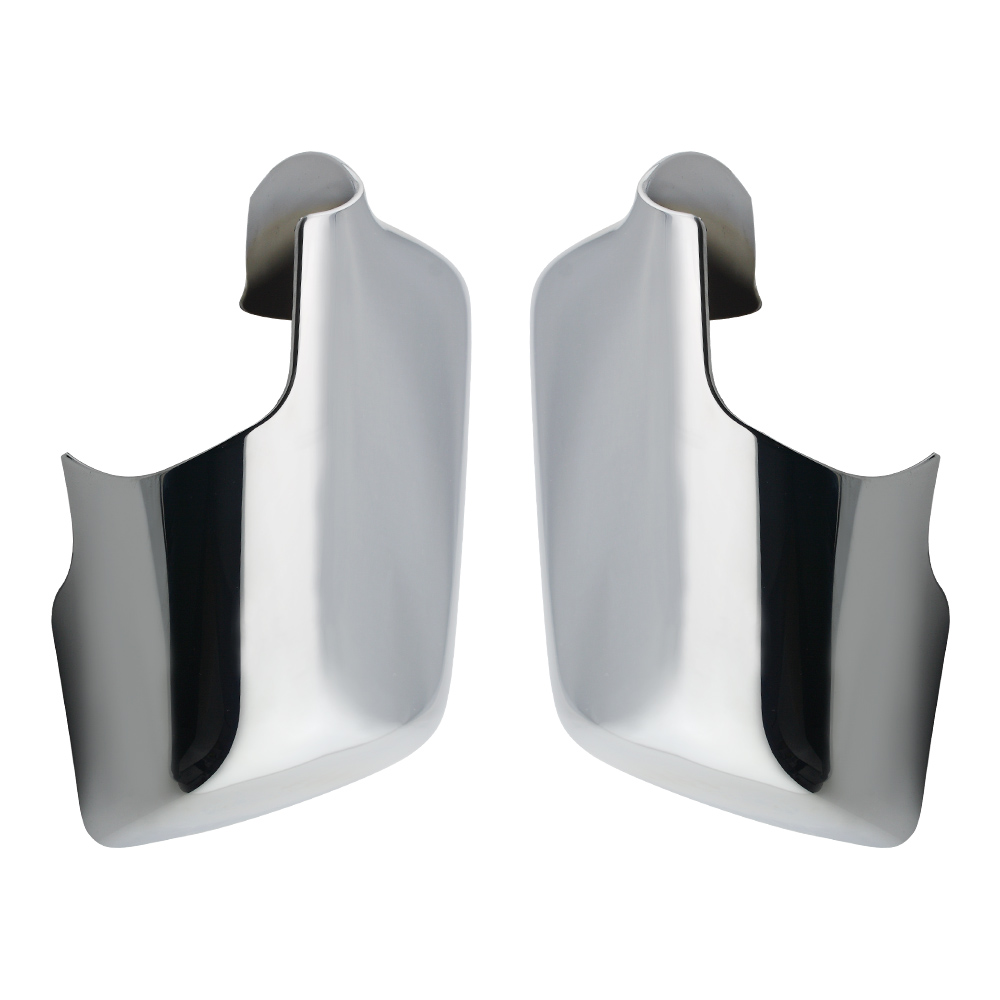 View More >>
View More >>
